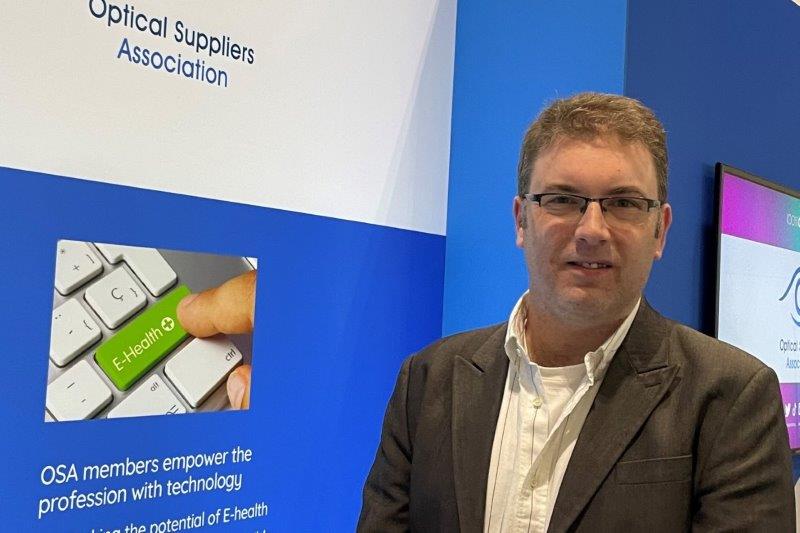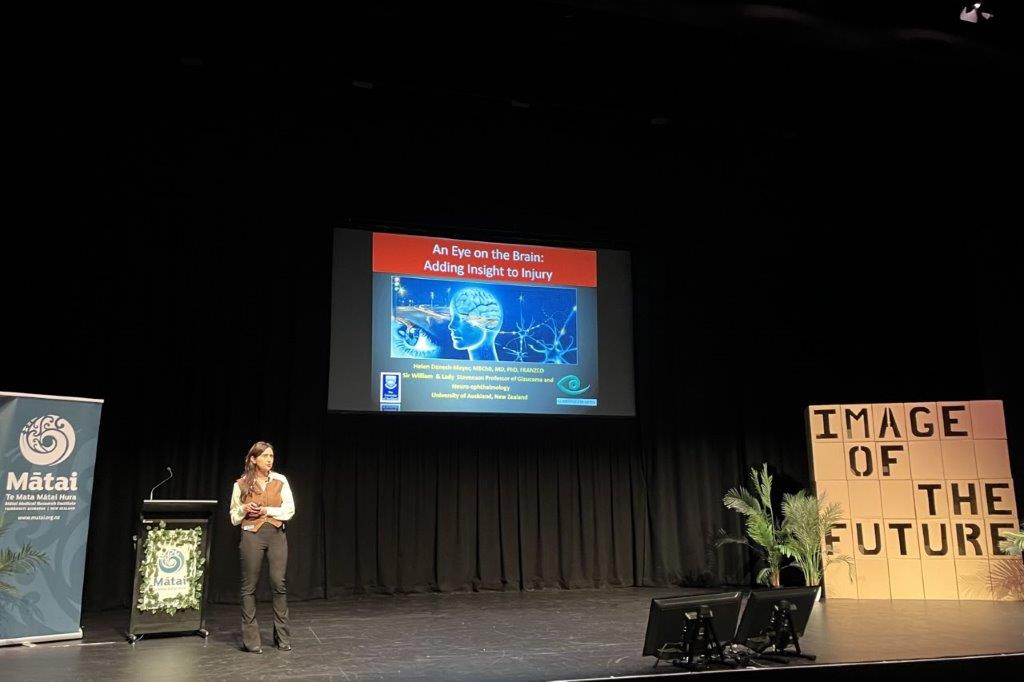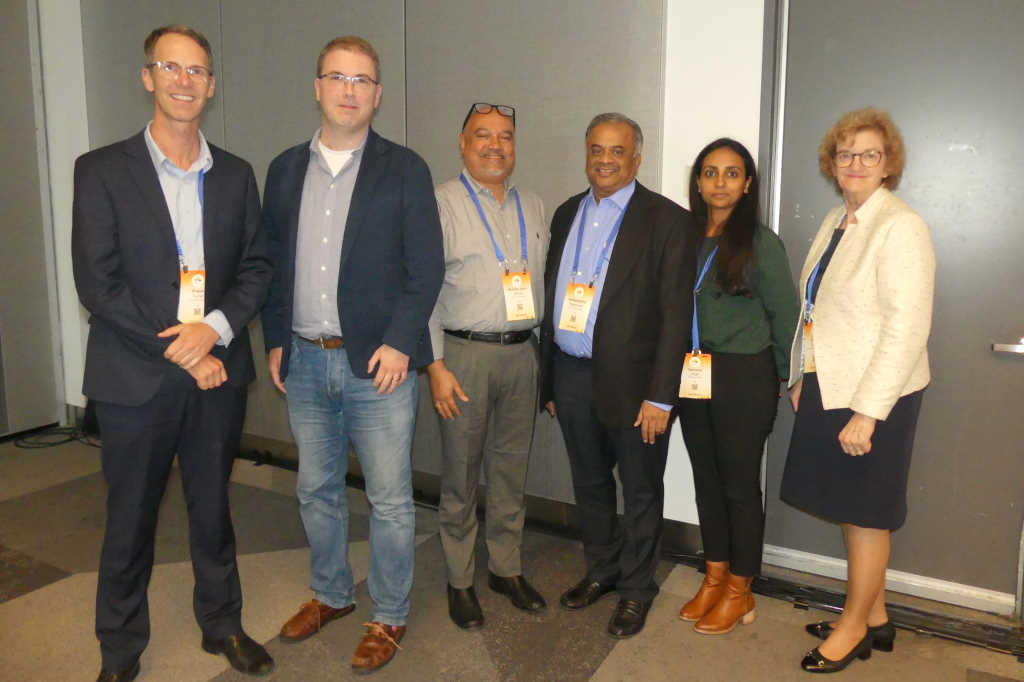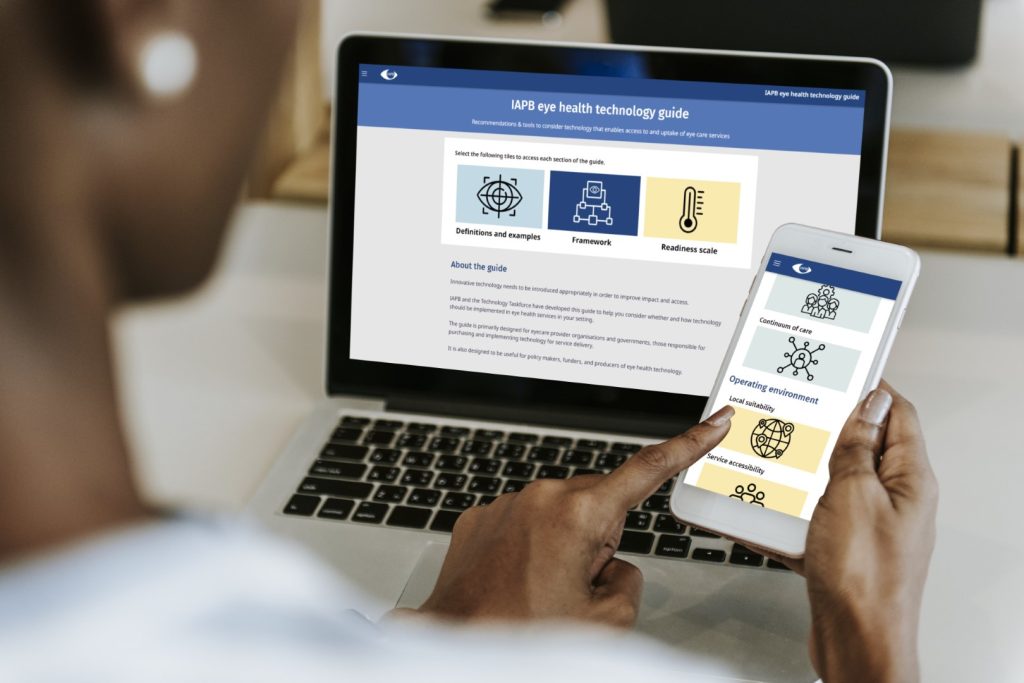Joined-up thinking: the push for health connectivity
Given today’s technological capabilities, we should be able to access all our own health data on our phones and share it with whoever we need to, countrywide or internationally,” says Peter Jordan, secretary and past chair of the New Zealand branch of Health Level Seven International (HL7), a global nonprofit developer of standards for the interoperability of health IT. “It shouldn’t be down to the patient to carry their printed history around between practitioners.”
Based in Waikato, Jordan is contracted to the Digital Medicines Management and Primary Care Data teams within Te Whatu Ora Health NZ, a benefactor member of HL7NZ.

HL7NZ’s Peter Jordan
The array of competing medical tech companies which have sprung up over the years has led to a disparate concoction of technology. This has resulted in issues, for example, with images – vital to the eyecare world – being difficult to transfer between different systems and thus different health providers and practices. Developing a national health IT network requires data to be interpreted by myriad IT systems of different vintages, explains Jordan.
Key to this integration are application programming interfaces (APIs) – mechanisms enabling two software components to communicate with each other. HL7’s Fast Healthcare Interoperability Resources (FHIR) standard defines how healthcare information can be exchanged between different systems regardless of how it’s stored. It includes specifications for an API based on established web standards and modern technology to provide a full interoperability solution for healthcare, and it’s fast becoming the worldwide standard for health information exchange¹,², says Jordan. “We think it's probably being used in at least 90 countries now and it's growing by the month. The US is updating its standards and regulations via the 21st Century Cures Act and H7 FHIR APIs are being mandated.”
Among Jordan’s challenges in New Zealand is providing a series of FHIR APIs to open up national data collections and repositories, including the National Healthcare Index, the Health Practitioner Index, the Medicines Data Repository (community prescribing and dispensing data from the New Zealand e-prescription service) and the national immunisation register. “We're also building a national data platform that will contain all the data that's passed through from hospitals principally. Eventually it will include primary care too.”
Laying the IT foundations in Aotearoa
New Zealand's electronic health information exchange journey dates back to the late ’80s and early ’90s. “Generally, there's been more connectivity in primary care, with lab results and referrals to secondary care or specialists sent electronically. But we don’t really have a great deal of connectivity from secondary care back to primary care,” explains Jordan.
In 2010, the government of the day published the National Health Information Technology Plan to increase the connectivity and capability in the primary health sector and hospitals. The published target at the time was that 90% of people enrolled in a primary health organisation should have access to a patient portal and that 10% should be accessing their own health information or practice via this avenue by 2015³. It was an ambitious target, but it fell by the wayside following a report by Deloitte which concluded that regional silos were being created, when what we needed was a national system, says Jordan. “It's one of those things – it's incredibly easy for someone to write that in a report but incredibly difficult to actually implement.”

In 2016, former health minister Dr Jonathan Coleman announced New Zealand’s National Health IT Board would be replaced with a Digital Advisory Board to build a national electronic health record (EHR) system. “Everyone instantly thought it would be one of the big US vendors – Epic, Cerner or Allscripts – building it,” said Jordan. “As time progressed, that idea changed into creating a national health information platform, rather than an EHR product, and that then morphed into Hira.” Hira, a Māori word meaning ‘to have a significant bearing on future events’, is the new patient data platform Te Whatu Ora says will be fully operational by 2026, with its first ‘tranche’ – the New Zealand patient summary (based on the HISO International Patient Summary) – being available to consumers and healthcare providers by mid-2024⁴.
When Te Whatu Ora took over, it subsumed all the digital departments of the 20 district health boards, plus four regional shared-service organisations, said Jordan. “It's a big reorganisation and it's still bedding in. These major changes, plus the Covid response, have resulted in schedule delays.” However, things are picking up pace now, with the Hira Marketplace website showing all the APIs developed to date, he says. “The National Health IT plan was a good plan; it was just under-resourced. Hira is the first real national programme to be well funded. Because of the role digital health played in managing Covid, the then health minister was very amenable to funding data and digital, part of which went into developing Hira.”
The recent change of government, however, could affect future spending in this area, says Jordan. “Traditionally, most funding goes to service provision and we don't have a separate digital health agency – ours is embedded within Te Whatu Ora. But who’s to judge whether that's a good or a bad thing?”
International role models
In terms of its health IT future, New Zealand has big advantages compared with other developed countries, says Jordan. “For a start, we're a unitary country. Things are way more complicated in the US, Australia and Canada, because they are made up of individual states. We have a patient national health identifier and a system backing it up. They don't have that in the US, where it's forbidden by regulation.”
As surprising as it may sound, Estonia is probably leading the way in digital health connectivity, as it’s the most advanced in digital capability across all domains, he says. “They created a system called X-Road a decade or two ago. It's not necessarily built around HL7 standards, but they're often cited as the most digitally advanced nation. They built a lot of digital infrastructure from scratch, but X-Road is getting a bit old and needs renewing now.”
The Scandinavian countries are also looked upon as role models because they always get the best ratings in terms of healthcare outcomes, says Jordan. “There's relatively high taxation just to fund health, so there's a lot of cultural issues at play there. Israel also has very advanced digital health infrastructure, as do Bahrain and the UAE. Ireland created a very good plan and I think they're executing it well too.”
Although the UK undertook the world's biggest and most expensive national health IT project, which created a lot of national infrastructure and some strong systems, it was deemed an overall failure by many, given the £10 billion (NZ$20.5bn) price tag and the limited success it had reaching its own integration goals. Australia’s My Health Record has also met with mixed reviews, says Jordan. “If you speak to the people in the Australian Digital Health Agency, they'll tell you it’s a success; speak to a lot of other Australians and they'll say it's been a AU$2 billion (NZ$2.15bn) white elephant that held them back for 10 years. But now there's renewed funding to do more modern things and they've pressed the reset button.” Australia is probably behind New Zealand in digital health interoperability currently, says Jordan, but it’s likely to catch up within the next five years.
A lot of countries use legacy IT systems they don't have the money to replace and they're not really geared towards anything other than serving the person using them, he says. “It’s for short-term needs – create a prescription and sort the billing… next patient.
“You can build the best infrastructure in the world, but if you’ve still got cars that chug along at 30 miles an hour and keep breaking down, you're not utilising the infrastructure’s potential. Except in this case, it’s the other way around – the cars are better than the infrastructure!” In other words, if the systems can’t comprehend the standards used to share the data, that’s a big issue, he says.
If the Hira funding continues and the project is a success, we'll have a very connected national system in New Zealand, with FHIR APIs and aggregated patient summaries available on demand, says Jordan. “There's a lot of ambition and potentially great outcomes if it goes the full course. But we've just had a general election and we've got three parties (in) coalition, at least one of which is very keen on public-sector cuts.”
Jordan remains optimistic, however, that HL7’s work with Te Whatu Ora will eventually result in Kiwis’ health records being accessible to those who need them, when they need them, wherever they are. “If you go to a pharmacist, they’ll be able to see what your current conditions are, your allergies and intolerances, your current medication profile, immunisations and recent pathology results. That’s significantly better than relying on the patient telling you what they can remember!”
References
- Ayaz M, Pasha MF, Alzahrani MY, Budiarto R, Stiawan D. The Fast Health Interoperability Resources (FHIR) standard: systematic literature review of implementations, applications, challenges and opportunities. JMIR Med Inform. 2021 Jul 30;9(7):e21929
- https://ecqi.healthit.gov/fhir
- National Health IT Plan, Sept 2010, updated Nov 2013: www.health.govt.nz/publication/national-health-it-plan
- https://www.tewhatuora.govt.nz/our-health-system/digital-health/hira-connecting-health-information/



























